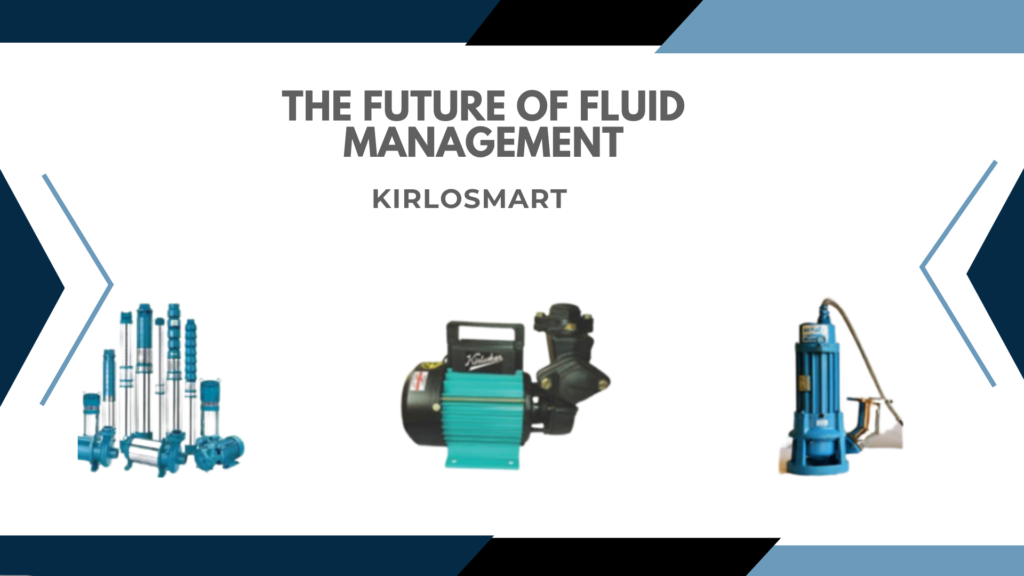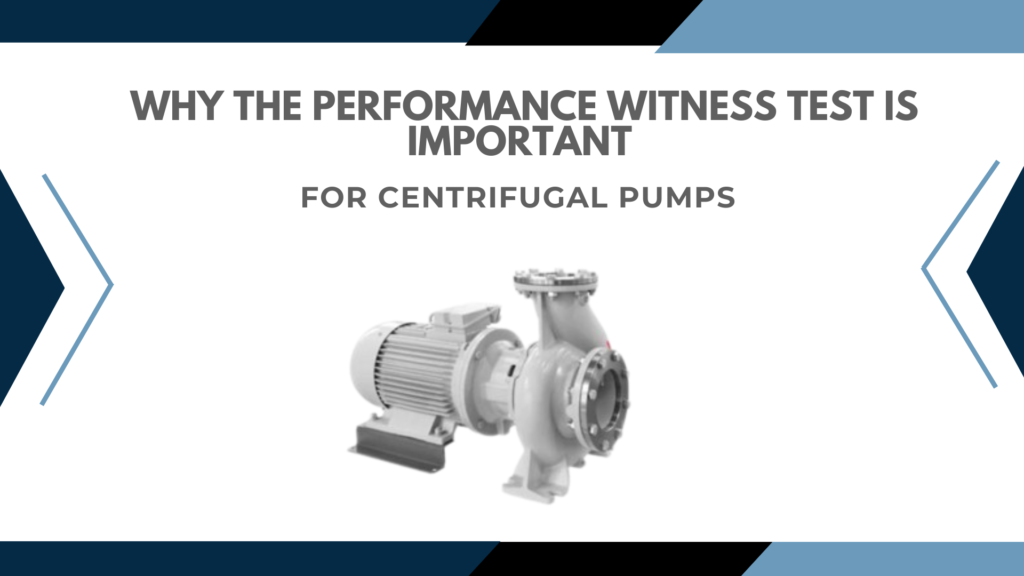
KirloSmart is a first-of-its-kind hardware and software technology that enables users to monitor their pumps remotely. This is a unique application of IoT (Internet of Things) and data analytics in the pumping industry and has brought tremendous convenience, safety, and precision. VEMC is the leading Kirloskar dealer in Mumbai.
In this blog, we tell you all you need to know about KirloSmart dubbed by many as the future of fluid management.
Use of IoT in pumping
With KirloSmart, IoT has arrived in the pumping industry with a great sense of anticipation. KirloSmart has the unique capability of measuring and transmitting field parameters on KBL’s web-based portal and smartphone app. This is used to generate alerts pointing to the need for preventive maintenance before the pump breaks down. All the data is streamed seamlessly through mobile data, ethernet or the user’s WiFi network.
Why real-time tracking is so beneficial
As any Kirloskar authorised dealer will explain, real-time tracking has a number of benefits for your pumps:
- Timely predictive maintenance alerts through SMS or email
- Diagnostics of pump issues remotely at early stages
- Recording and analytics of historical data and trend monitoring
Energy efficiency
Energy efficiency is one of the most serious concerns of pumping operations. Often this is due to oversized pumps, poor maintenance or malfunctioning components. With KirloSmart, users can keep track of all the parameters that indicate waste of electricity. It provides timely indicators for preventive maintenance and sends alerts when there’s a possibility of breakdown. All the historical data and trend analysis allow users to ensure the pump is operating within the normal range, and no wastage of energy is taking place.
Remote tracking
Remote tracking is one of the rare privileges offered by KirloSmart. It precludes the need to physically visit the pump site and inspect the pump for any malfunctions. With remote diagnostics, all the important parameters such as pressure, flow, voltage etc. are available on the users’ smartphone screen. This can come in handy when there are a large number of pumps installed in your facility and inspecting each pump is time-consuming and costly. Only those pumps may be inspected by technicians who display errant parameters. KirloSmart therefore cuts down on your labour and inspection costs significantly.
Data Analytics
As any Kirloskar pump distributor will explain, the outstanding feature of KirloSmart isn’t just its ability to relay real-time data to the user but also to store and analyse a great amount of historical data. KirloSmart tracks multidimensional data and stores it to provide conclusive reports. This can tell the user which aspect of the pump isn’t performing optimally or when it needs maintenance.
KirloSmart is clearly the future of fluid management given its outstanding capability to process, analyze and represent data. To learn more about this pathbreaking pumping technology, call us at 022 43436655 or email us at marketing@vemc.co.in. We at VEMC are the leading Kirloskar pump dealers based out of Mumbai.



